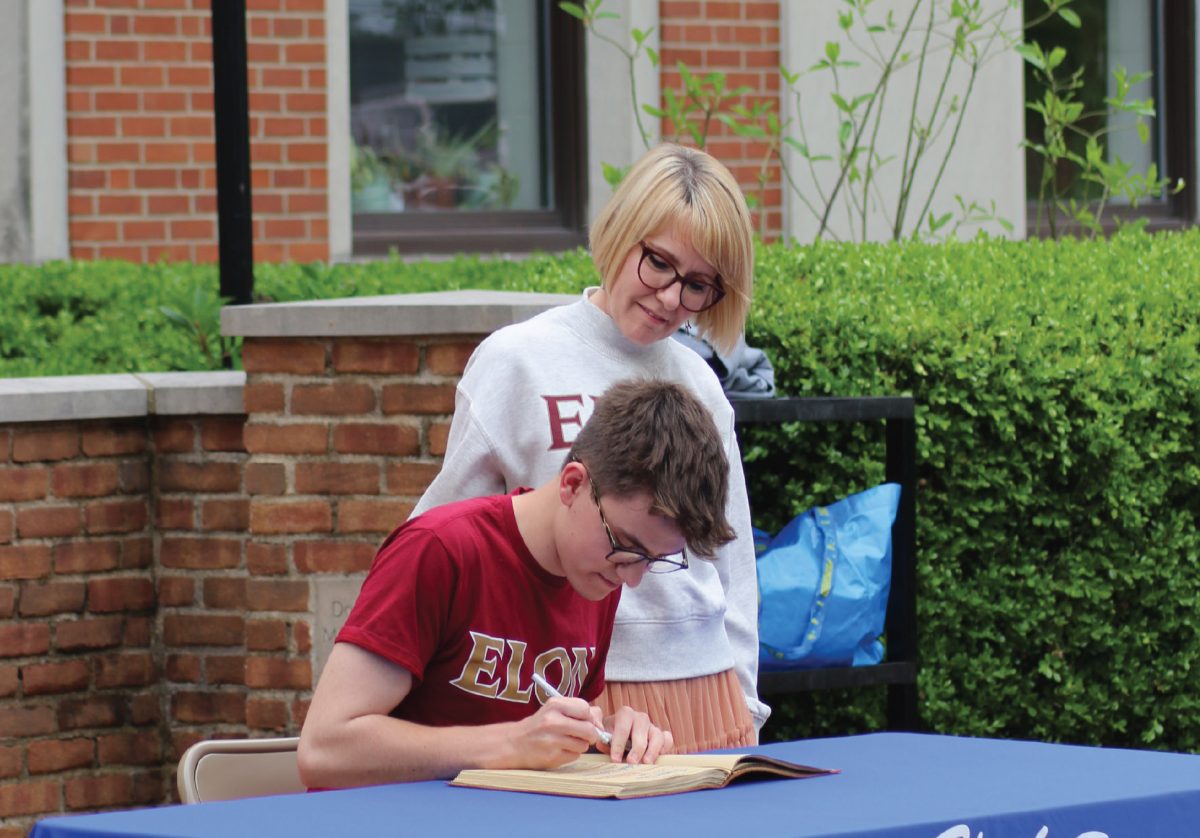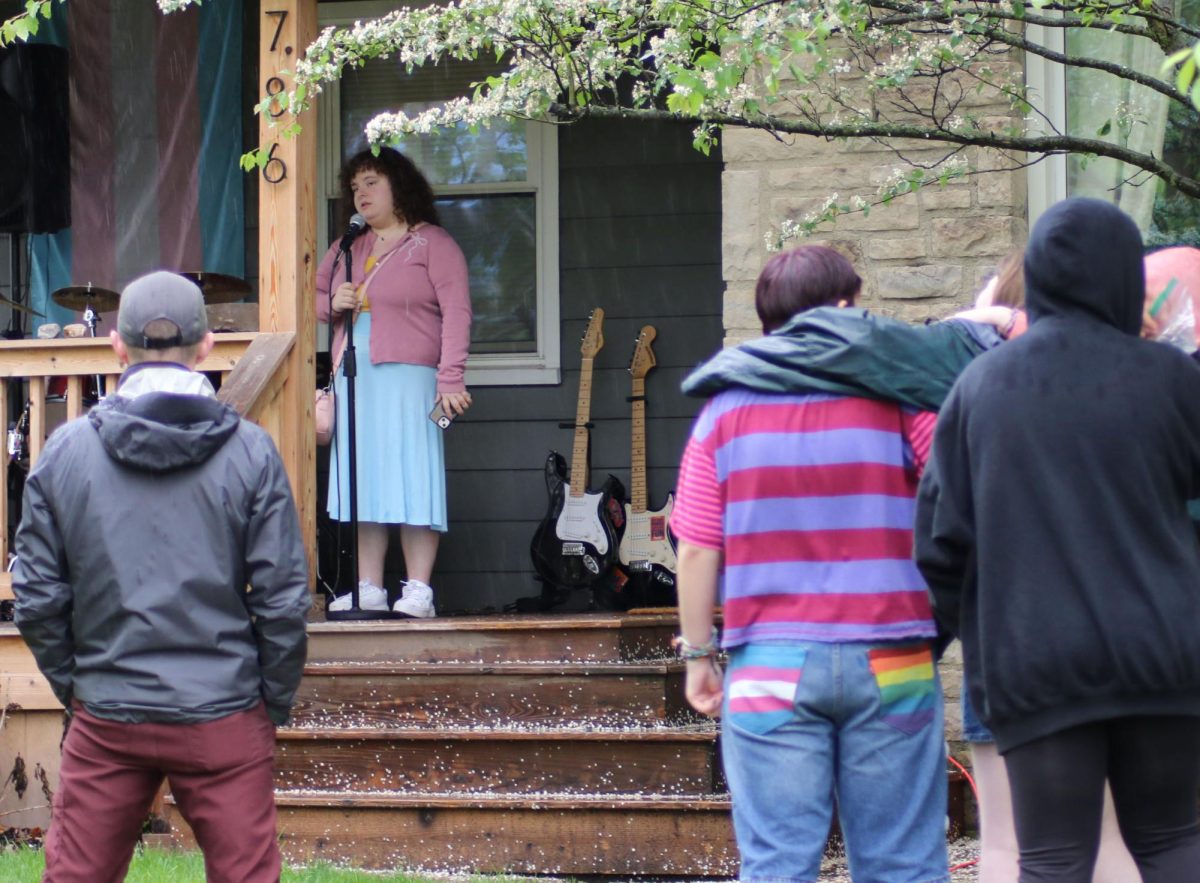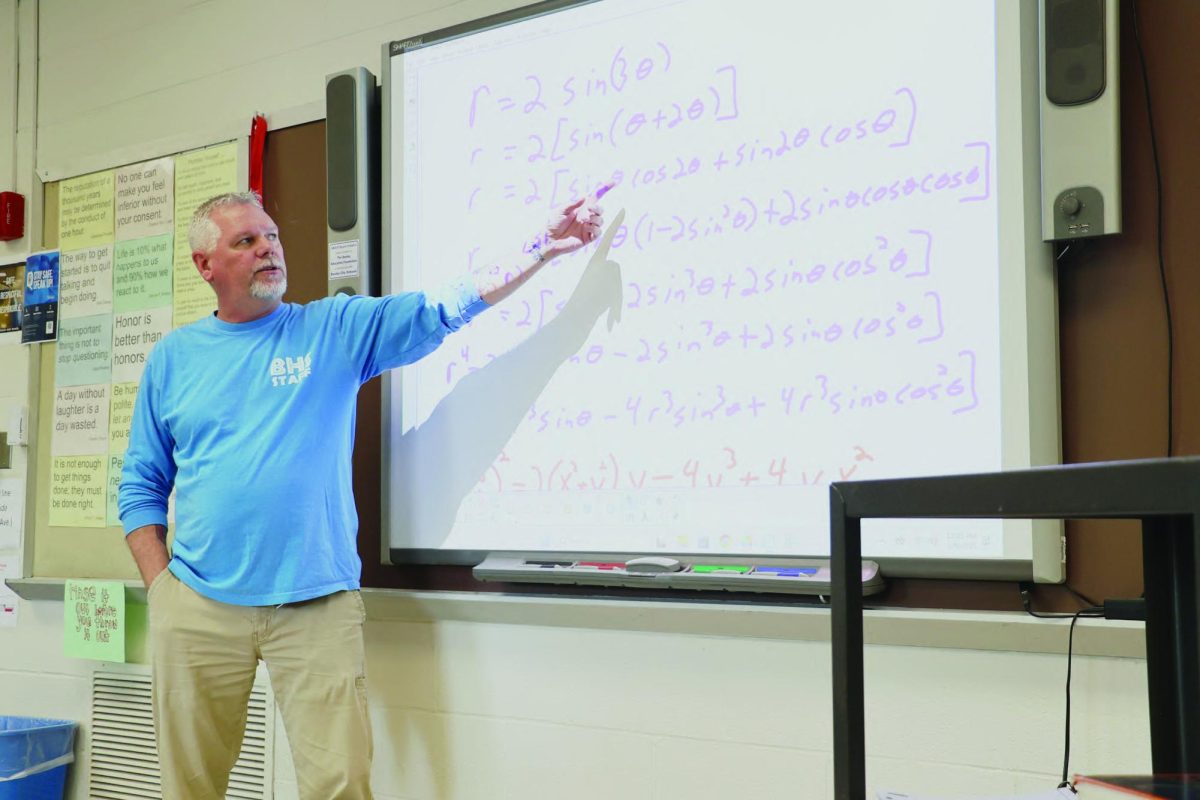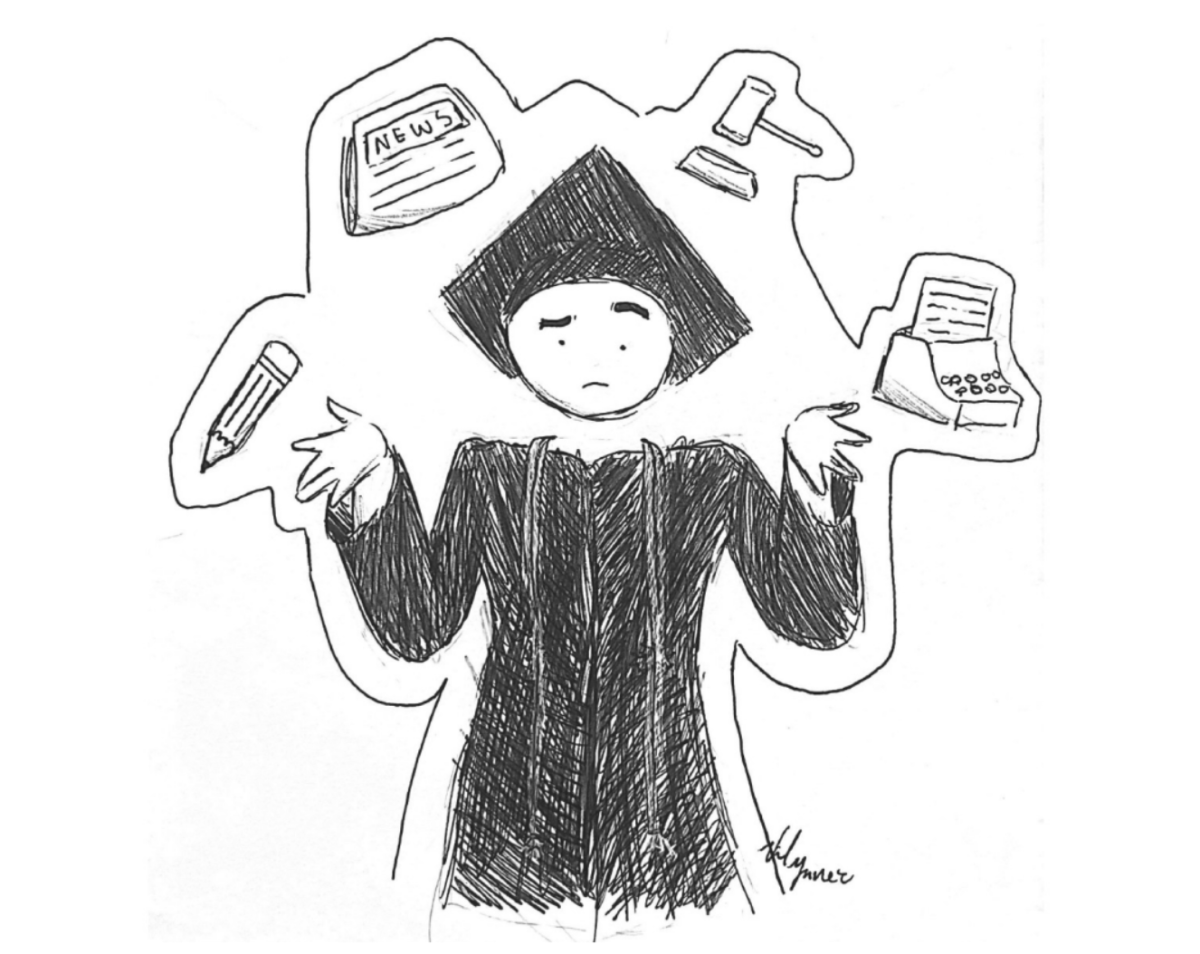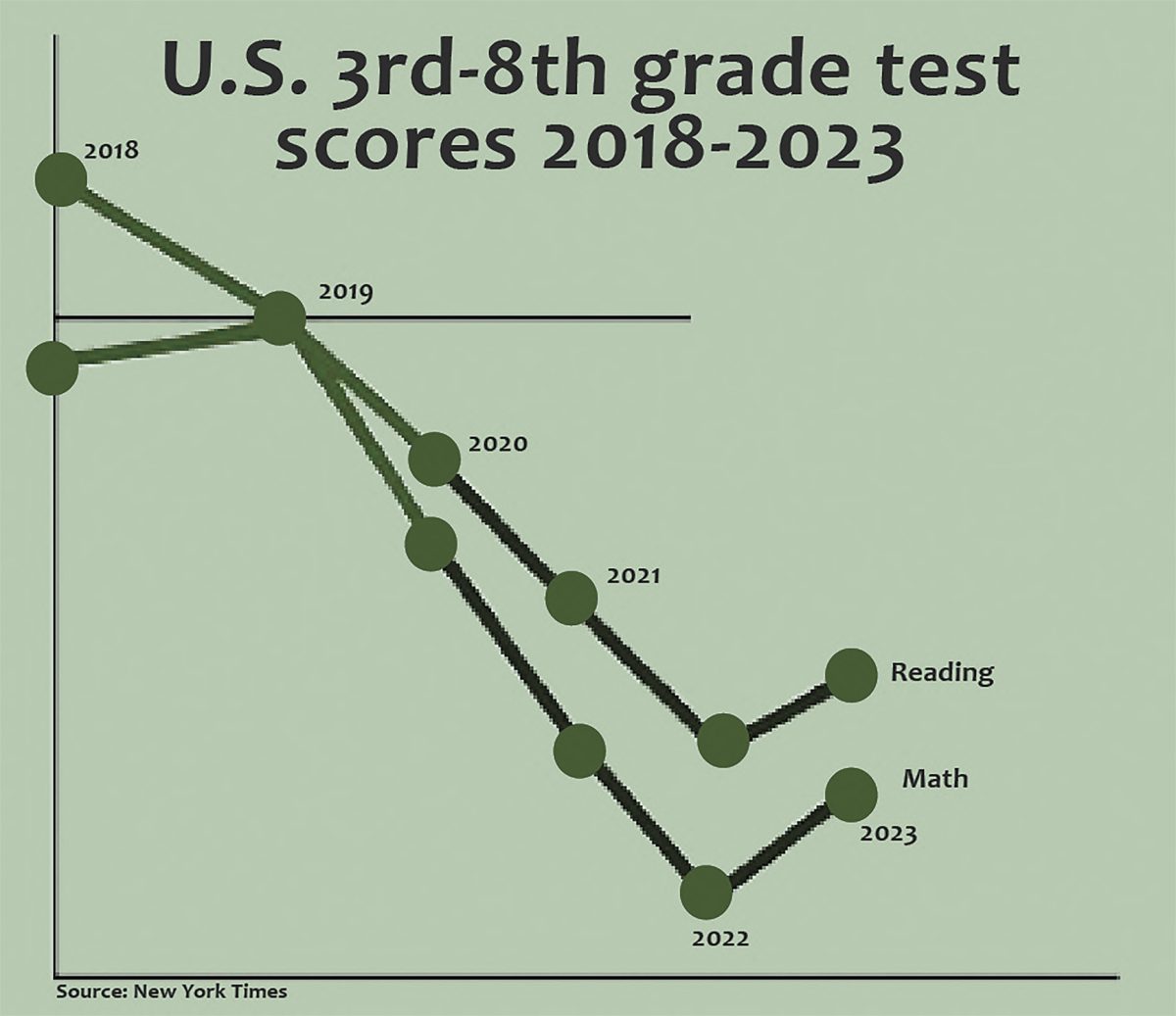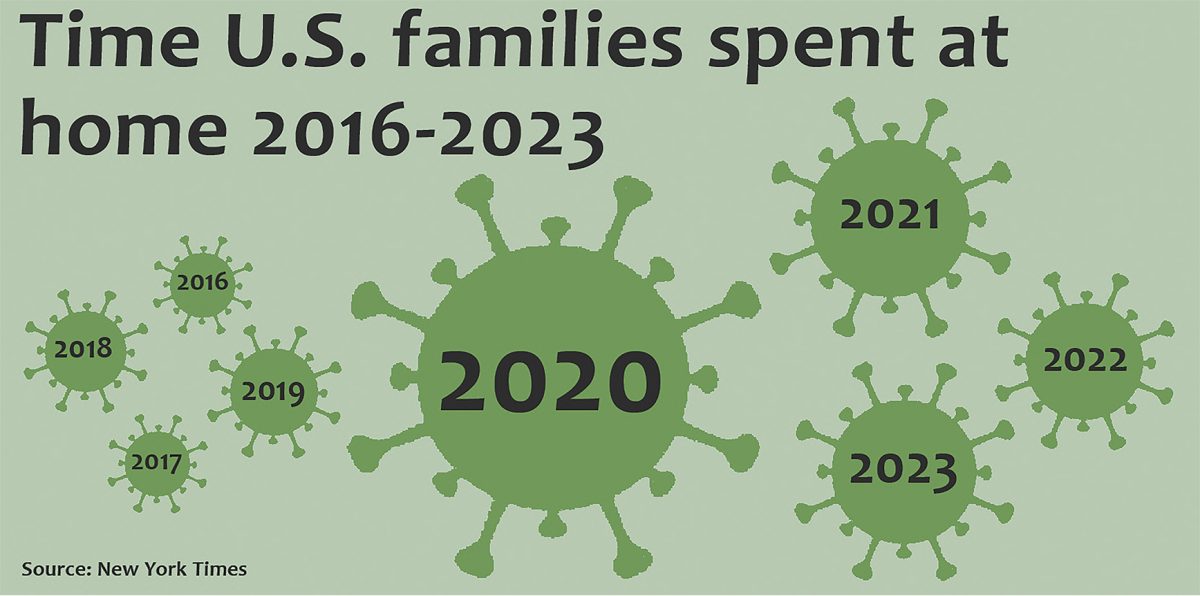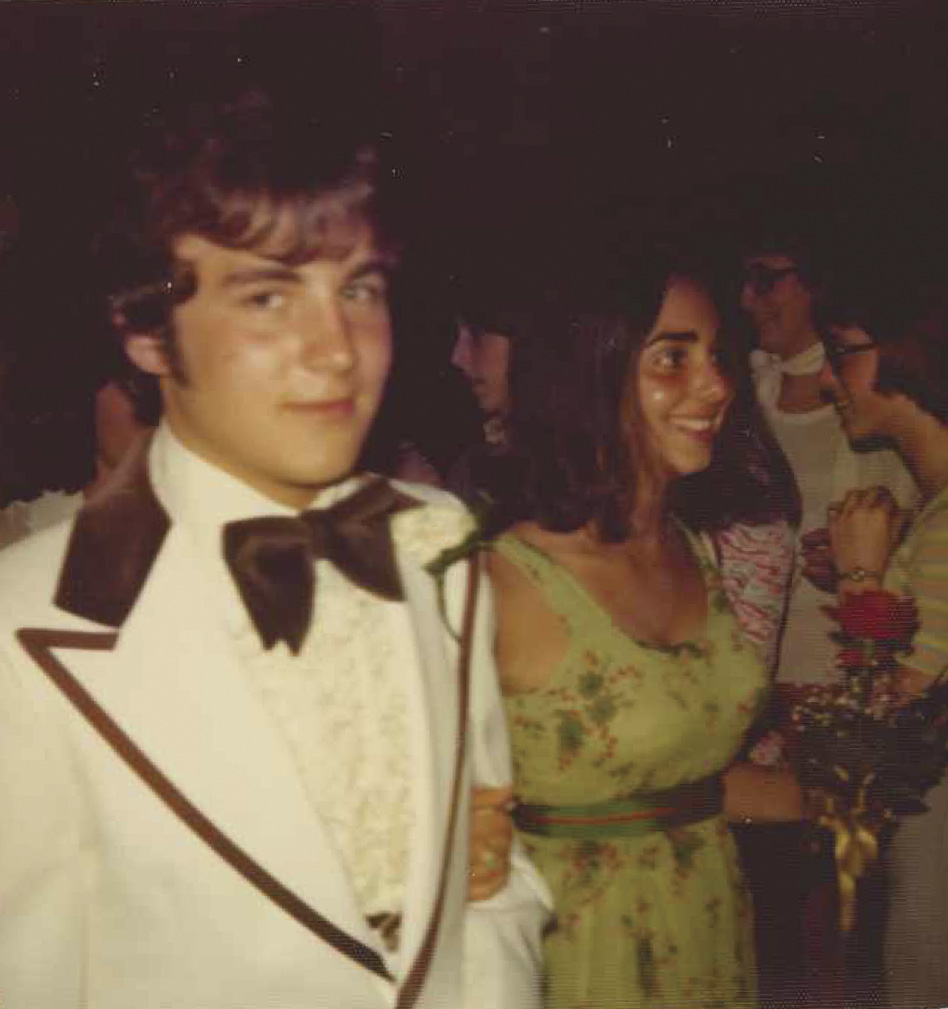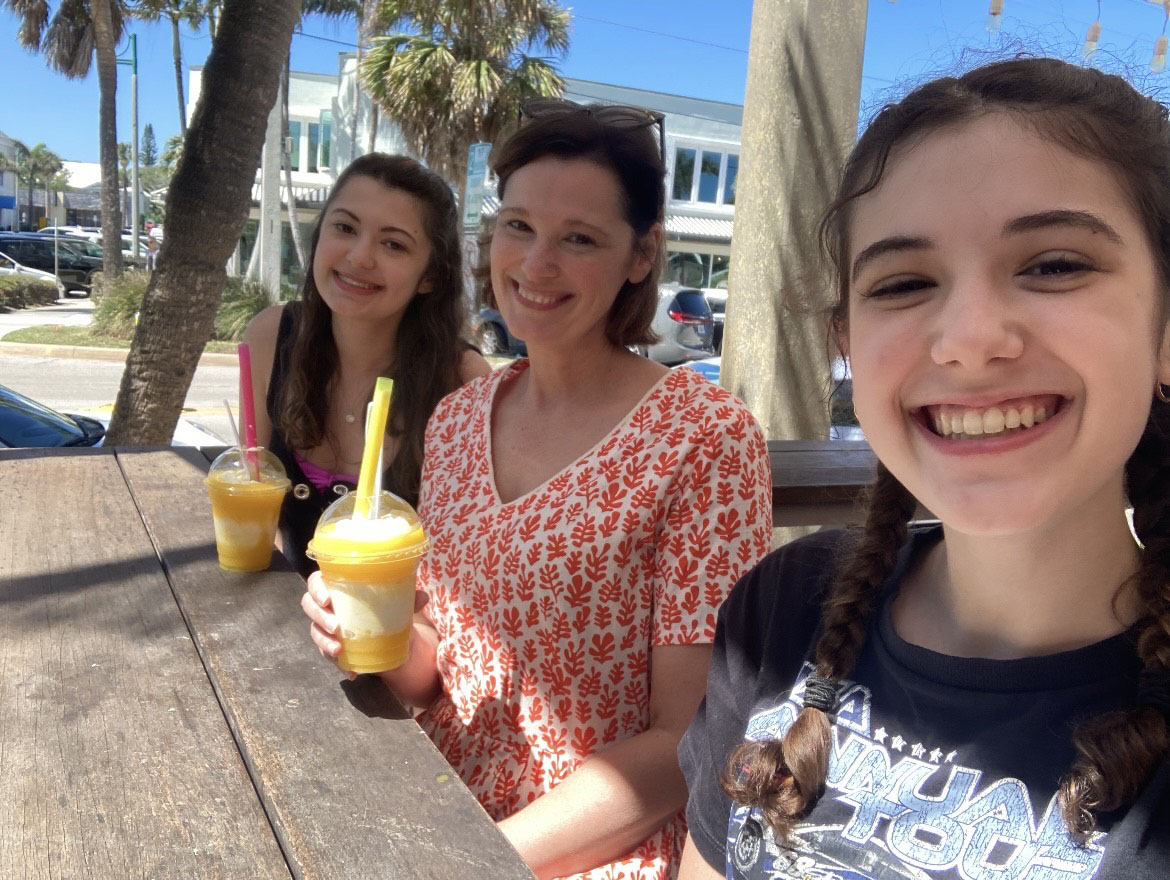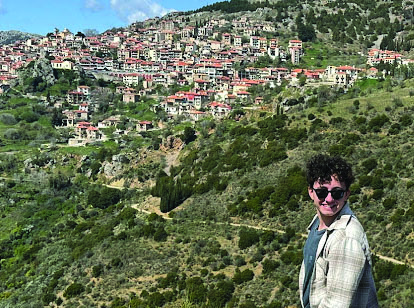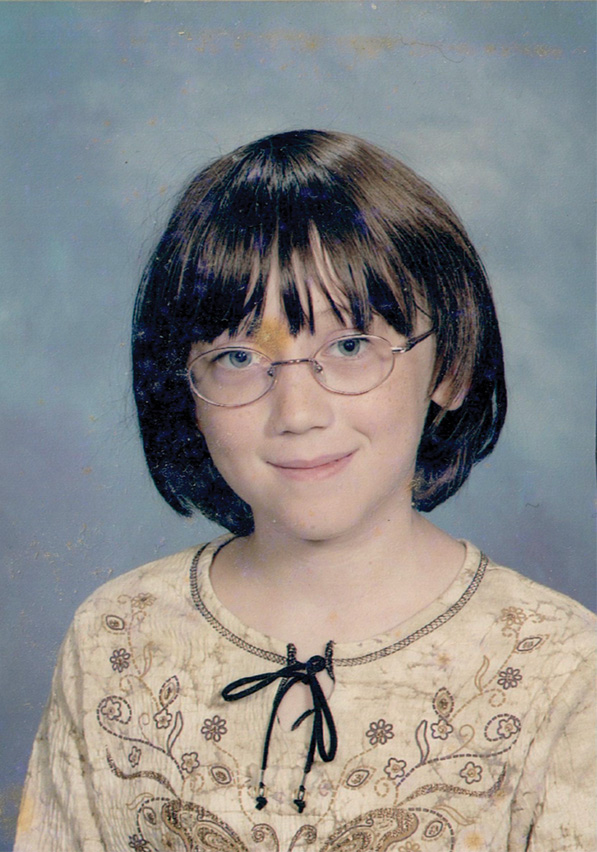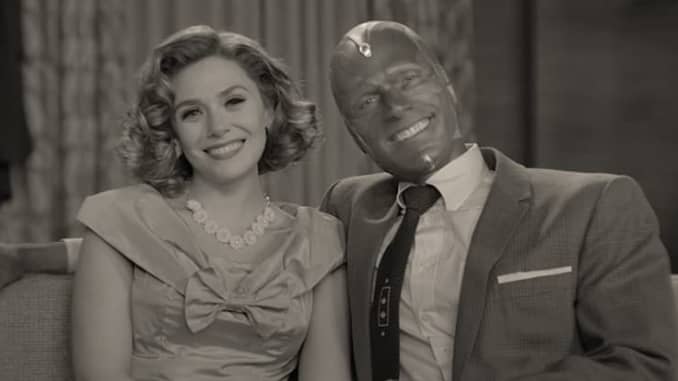
Disney Plus’s “WandaVision” is in a style unlike anything Marvel has done before. It begins as a light family show but quickly evolves into a psychological horror that leaves viewers grasping at theories with each new episode. “WandaVision” is perhaps the best introduction for fans of the Marvel Cinematic Universe to Marvel’s comic lore and its multiverse and the perfect beginning of Marvel’s Phase Four following “Avengers: Endgame.”
“WandaVision” is the first of Marvel’s Phase Four media. The first three phases covered the Avengers’ origin stories, sequels and the movies in which they join forces. Essentially, all of the superheroes most people are familiar with appear in the first three phases. Phase Four, however, is uncharted territory for most casual fans.
The show’s episodes are in the style of famous American sitcoms. Starting with the ‘60s sitcom “The Dick Van Dyke Show,” each episode parodies the style of a famous sitcom from the next decade, like “Bewitched” and “Full House.” Despite the laugh track, viewers slowly begin to realize that this supposed utopia is not what it seems to be. Wanda’s magic controls everyone within the town, but frequent glitches in her magic and surprise character appearances lead the audience to believe that Wanda might not be the only one pulling the strings.
The sitcom parodies are entertaining, but for younger viewers, it can be harder to recognize the references made to the original shows. It wasn’t until the ‘80s episode that classic tropes became more recognizable.
The show features Avengers Wanda Maximoff (Elizabeth Olsen) and The Vision (Paul Bettany), who are later joined by fan favorites Agent Jimmy Woo (Randall Park) from “Ant-man & The Wasp,” Darcy Lewis (Kat Dennings) from the Thor trilogy, and a grown Monica Rambeau (Teyonah Parris) from the “Captain Marvel” movie. The returnees add a level of familiarity that balances out the introduction of new characters for longterm Marvel fans.
The surprise favorite for this show is not Wanda or her husband, but Agent Jimmy Woo. The character adds the humor so commonly found in the sitcoms “WandaVision” models itself after but tends to fall short of.
The show introduces several new characters to the MCU, including Wanda’s twin sons Billy and Tommy, whom she has with The Vision. In the comics, the twins are part of the Young Avengers team, which appears to be where Marvel is heading next: introducing a new team to take over cinemas around the world. The shift from well-known blockbuster superheroes like Iron Man and Captain America to lesser known comic superheroes will take an adjustment, but characters like Black Panther and Captain Marvel weren’t well-known before their cinematic debuts either, and they were accepted quickly.
Despite an overall warm reception, some have criticized the show for anti-Semitism and erasure of Wanda’s heritage. In the comics, Wanda was Jewish and Romani, both characteristics that made up a large part of her origin story. Her father in the comics, Magneto, was a Holocaust survivor, but in the MCU, Wanda is portrayed as white and is implied to be Christian. The erasure is only made worse by the fact that Olsen used a Romani slur during an interview on “The Graham Norton Show” when describing Wanda’s canonical costume.
Marvel’s shift to a more comic-based cinematic universe will make it more difficult to justify changes in canon, but it is unlikely that it will put off viewers completely. Fans are already spellbound by the show, and theories abound as comic book fans have speculated that “WandaVision” might be the introduction of a new Marvel villain, Mephisto, or even that Wanda herself might be the new villain. MCU Phase Four will lack many of the heroes fans are familiar with, but “WandaVision” promises to be the start of a new age of comic book media.
